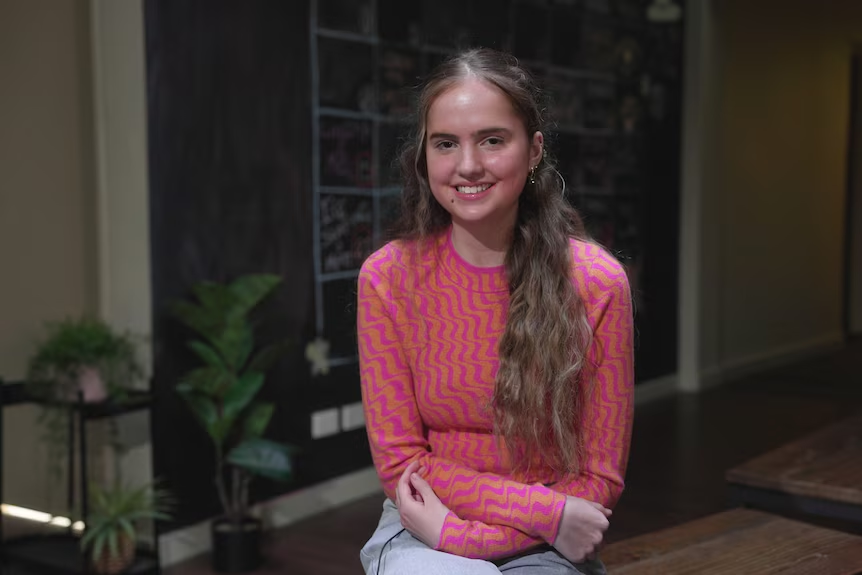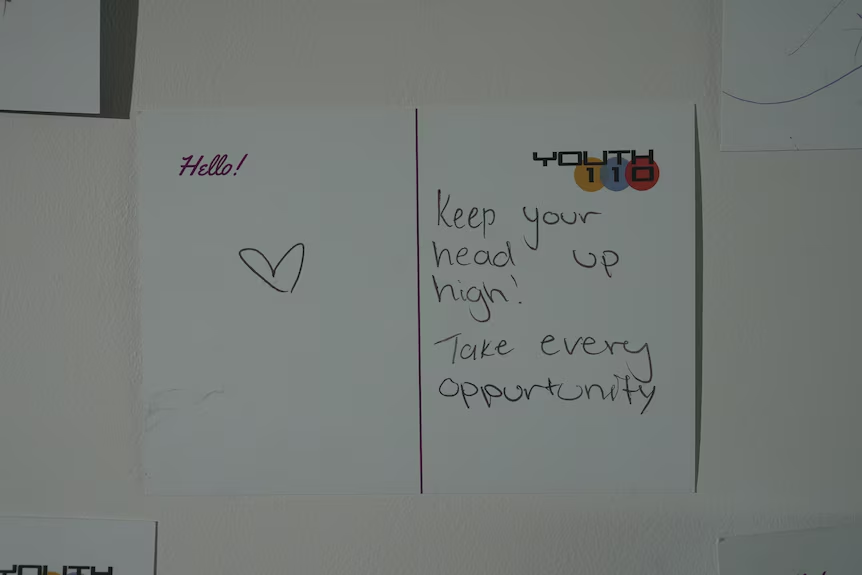
Sienna, 17, is in year 12, works part-time in retail, loves studying legal studies, and has two family dogs.
She is also homeless and living in emergency youth accommodation.
“I wish we could have my dogs here,” Sienna says.
“[They are called] Winnie and Maggie, a groodle and a golden retriever. They’re both beautiful. I love them.”
Sienna isn’t alone in her experience of youth homelessness.
The Australian Institute of Health and Welfare found in 2023-24 almost 40,000 young people sought help from homelessness services. A new analysis from the Foyer Foundation, which offers 16- to 24-year-olds accommodation for up to two years, has identified the 20 toughest places for young people to find stable housing in Australia.
The study reveals the top three crisis areas are Victoria’s Inner Gippsland, the NT’s Alice Springs, and NSW’s Glen Innes.
Foyer Foundation chief executive Corin Moffatt says many people think of homelessness as living on the streets, but there are other kinds of homelessness.
“Some young people experiencing homelessness might be staying on a friend’s couch,” Ms Moffatt says.
“They might be living in crisis accommodation, sleeping in a car, or … living in housing with too many people.”
Ms Moffatt says housing is unaffordable for those on the government’s youth allowance, which can be $663.30 a fortnight, depending upon the circumstances.
Sienna’s path to homelessness accommodation was not straightforward.
“It was, honestly, chaos,” she says.

“So when I left my mum’s house that wasn’t by choice. There was police involvement. Then I went to live with my biological father and I couldn’t stay there.”
Like many, Sienna started couch surfing.
“I was actually staying with my family friend … with different people, like my siblings’ friends, or my friends,” she says.
“And that wasn’t the best situation.”
So, at 16, Sienna reached out to homelessness services and made her way into emergency housing.
“Every day would be different because I did not know where I was living each night. I was having to pack all my things in the morning to get prepared to leave,” she says.
“Each day, they would text me at about 3pm to tell me if I still had the bed, which, obviously, I was at school at the time.
“So I would wait all day, and then I wasn’t focusing at school because I was trying to find out if I had somewhere to stay that night.”
Ms Moffatt says education, employment and homelessness are all connected and can be vicious cycle.
“If you don’t have safe and stable housing, it’s hard to finish school,” she says.
“If you don’t finish school, it’s hard to get and keep a good job. If you don’t have a good job … it’s hard to afford safe and stable housing.”
Sienna, whose school is an hour and a half away by public transport, says her housing situation has affected her education.
Luckily, she is able to do a mix of in-person and online schooling.
She says it is hard to find the motivation to travel three hours every day to go to school, especially since she doesn’t have anyone pushing her at home.
“Then, I think, also a lot of the time, there’s kind of shame around telling teachers your situation,” she says.
“And that can be really difficult.”
Sienna says for a long time she didn’t tell her teachers what was going on in her life and that impacted her studies.
“I lost so many friends at the time.
“I kind of just felt like I lost everything, in a way. Because I lost where I was living, I lost those kind of connections, and I didn’t really feel like I had a lot of support.”
The Foyer Foundation is calling on the federal government to establish 10 new Youth Foyers across Australia, including eight located within the top 20 hotspots.
“Youth Foyers provide … help with employment, education, life skills support, support that many young people would get from their families,” Ms Moffatt says.
“And they do that all in one place for a period of up to two years.”
